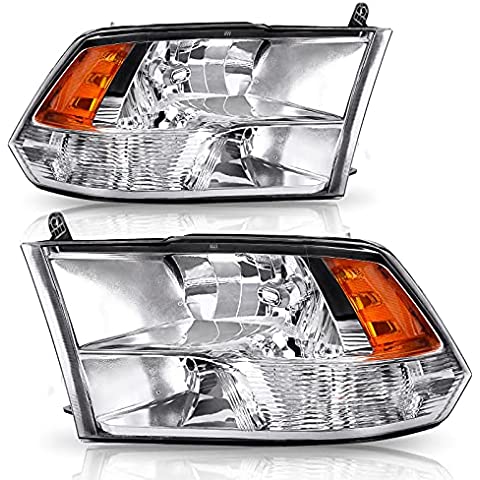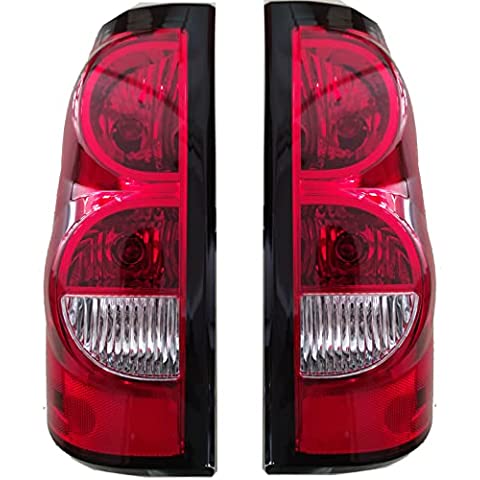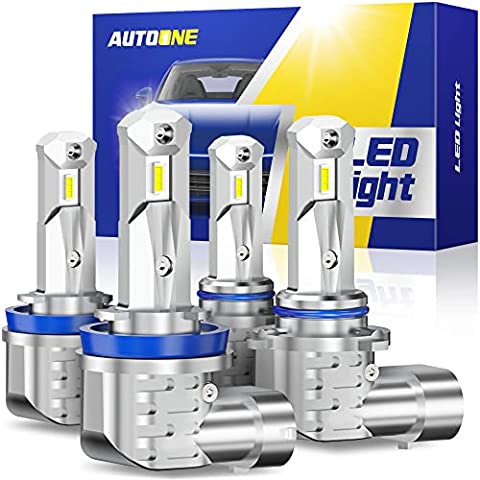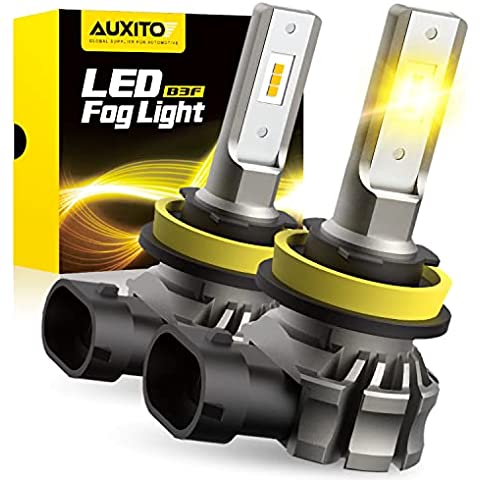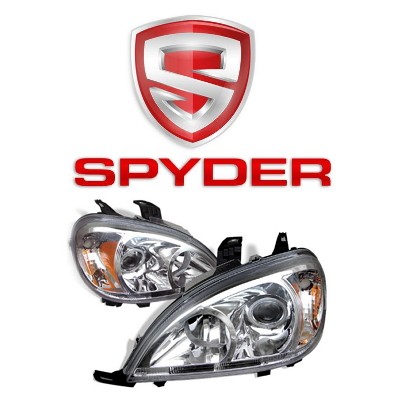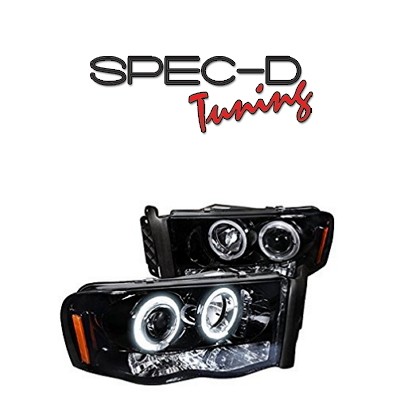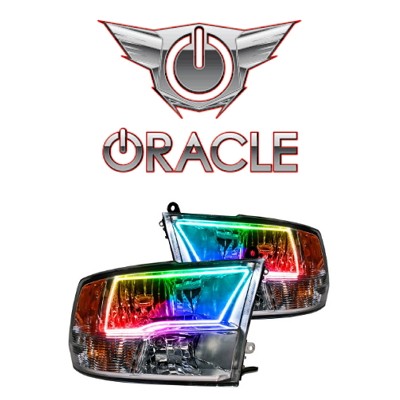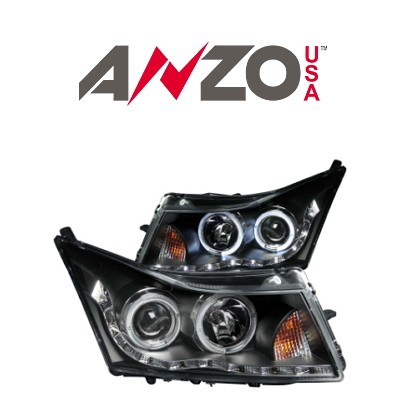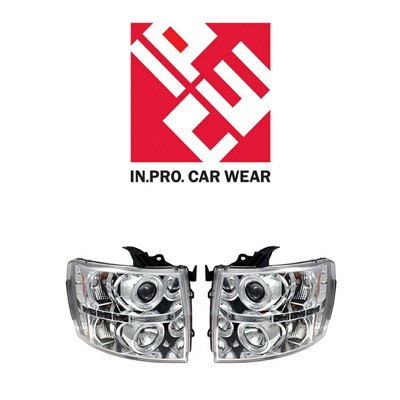H4 VS. H7 Headlight Bulb: Illuminating the Differences
Hey, auto aficionados! Dive into the world of car light bulbs with me, as the auto engineering and automotive lighting landscape is brimming with assorted gems. Tailor your car’s character with the right headlight flair! Two stars in this realm are the H4 and H7 bulbs. Let’s switch on our high beams and explore the contrast between these two luminaries.
![H4 VS. H7 Headlight Bulb: Illuminating the Differences [2025 Upgrade] H 7 Led Bulbs, [Latest & Brightest] 40000lm 800% Brighter 1:1 H7](https://i.ebayimg.com/images/g/vCIAAeSw7NhpLcTC/s-l225.jpg)
[2025 Upgrade] H 7 Led Bulbs, [Latest & Brightest] 40000lm 800% Brighter 1:1 H7

S7 High Brightness LED Headlight Kit 60W 6400LM 72W 8000LM H11 H4 9004 H13 H7 H3
| H4 | H7 |
|---|---|
| Used for high beam and low beam | Used for low beam |
| Three-pronged attachment | Two-pronged attachment |
| One lamp base plate | Two base plates per headlight |
| Higher price compared to H7 | Lower price compared to H4 |
| The light output is lower than H7 | The light output is higher than H7 |
Spotlight on the H4 Bulb
Initially, the H4 bulb made its debut on the race track! But for many years, its radiance was mostly seen in European cars. Meanwhile, across the pond in the USA and India, H4s were the go-to for motorcycles, yet cars couldn’t don them due to beam pattern regulations. If you wish to investigate H4 bulbs more precisely, check this article: Brightest H4 LED Headlight Bulbs.
Enter the 9003/HB2 bulb, an illustrious alternative that ensured a friendly beam pattern for road-going vehicles. Nowadays, headlight technology has evolved, allowing for seamless use of H4, HB2, and 9003. Look closely, and you’ll find all these labels shining together on the packaging!
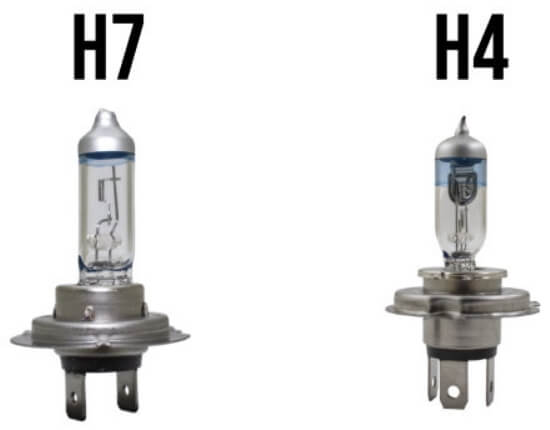
Shining a Light on the H7 Bulb
The sleek H7 bulb has been turning heads since 1993, especially among German and other European automakers. Once flaunting Xenon technology in high-end vehicles like BMW, Audi, Mercedes, and Volkswagen, H7s have transitioned to LEDs due to Xenon’s dazzling glare and higher costs.
Contrast Between H4 and H7 Headlight Systems
The filament count sets the H4 and H7 apart. The H4 is akin to a multitasker with two filaments: one governing the low beam, and the other taking charge of the high beam.
On the flip side, the H7, the maestro of a single task, carries just one filament. Generally used for low beams, you’ll need a companion bulb such as the H1 for high beams (vehicle-dependent, of course).
H4: The Double Act
The H4 bulb is akin to a multitasking maestro. What’s unique about it is that it houses two tungsten filaments. This is why it’s often referred to as a dual-beam bulb. It combines both high and low-beam functions within a single bulb. Imagine having one bulb that can adapt to different driving conditions by just switching between the two filaments! When you activate the high beam, the low beam filament takes a break, and vice versa. This nifty feature is perfect for those who love seamless functionality.
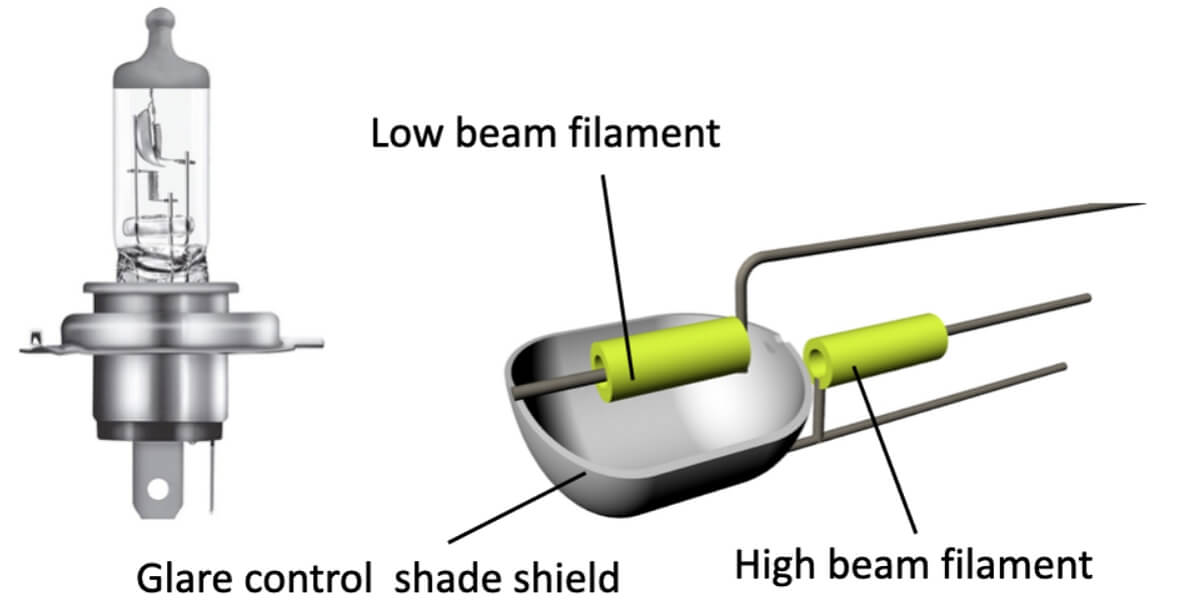
In terms of design, the H4 bulb usually has three prongs for electrical connections and is typically found in a single reflector headlight unit. This design optimizes the space in the headlight assembly.
H7: The Single Performer
The H7 bulb, in contrast, is a single-beam bulb, meaning it has just one tungsten filament. It’s either designed for a low beam or a high beam, but not both. If your car uses H7 bulbs, you will likely have separate headlight units for high and low beams. The H7 bulb has two prongs for electrical connections. It’s lauded for its compact design, which allows automakers to craft sleek, modern headlight assemblies.
The H7 has been particularly popular in European vehicles. With its small and efficient design, it’s ideal for those who seek a clean and focused light beam.
Listing the Differences
Now let’s encapsulate the key differences between H4 and H7 bulbs in a concise list:
- Number of Filaments: H4 has two filaments (dual-beam), while H7 has one filament (single-beam).
- Functionality: H4 serves both high and low beam functions within a single bulb, whereas H7 is dedicated to either a high or low beam.
- Connection Prongs: H4 bulbs usually have three prongs for electrical connections, while H7 bulbs have two.
- Headlight Units: Cars with H4 bulbs typically have a single reflector headlight unit for both beams, whereas those with H7 bulbs have separate units for high and low beams.
- Popularity by Region: H4 bulbs were originally more common in European cars but have gained global acceptance. H7 bulbs remain highly popular among European automakers.
- Size: H7 bulbs are generally more compact, which allows for slimmer headlight designs.

Can You Swap H4 and H7?
Sadly, it’s a no-go. H4 and H7 bulbs are like apples and oranges; their base holders and plugs just don’t mix. As a lighting technician, I’ll shed some light on the technical intricacies that make these two bulbs quite distinct from each other.
1. Base Design and Configuration
The first roadblock in swapping an H4 bulb with an H7 is the difference in their base design and configuration. H4 bulbs typically have a P43t base, with three prongs forming a triangular shape for electrical connections. Meanwhile, H7 bulbs come with a PX26d base, featuring only two prongs. Because of this fundamental difference, you can’t fit an H4 bulb into an H7 socket or vice versa without forcing it, which is highly discouraged as it can damage the bulb and the socket.
2. Filament Placement and Focal Length
Another critical aspect that differentiates the two is the filament placement and focal length. The H4 bulb, with its dual filaments, has a particular placement for both high and low beams. The H7, being a single-beam bulb, has its filament positioned differently. The reflectors and lenses in the headlight housing are engineered to focus the light emitted by the filament at a specific point. If you try to use an H7 bulb in place of an H4, the light pattern will be incorrect and could cause glare or inadequate illumination, compromising safety.
3. Electrical Specifications
The electrical wiring and connection points for H4 and H7 bulbs are also different. As mentioned, H4 bulbs have three prongs, while H7 bulbs have two. This means that even if you somehow manage to physically fit one type into the other’s socket, the electrical connections won’t match. You would encounter issues in power delivery, and the bulb might not even light up. In the worst-case scenario, it could cause electrical damage or blow a fuse in your vehicle.
4. Legal and Safety Compliance
Swapping bulbs that are not designed to be interchangeable may also fall foul of legal requirements. Headlight bulbs and assemblies have to comply with certain standards to ensure safety. Using an incompatible bulb can alter the beam pattern and intensity, potentially blinding oncoming drivers or not adequately illuminating the road, which is not only unsafe but could also be illegal.
Top Pick for H4 LEDs
Introducing the Multifaceted H4 LED Headlight Kits. Seeking an H4 bulb with a panache? The Sealight X4 series H4 LED headlight is your knight in shining armor! With three color lighting modes (6500K white, 4300K warm white, and 3000K yellow), it’s ready for any weather conditions.
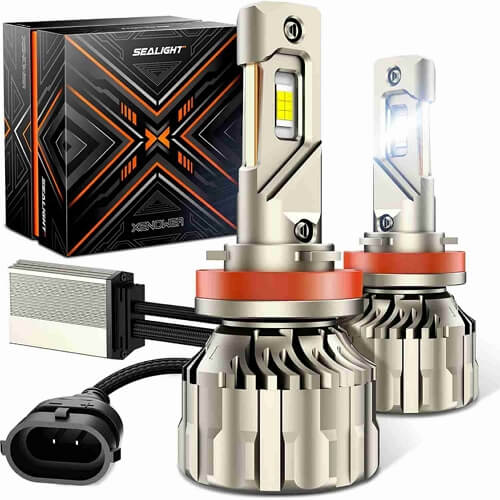
Packing a mighty flip chip, these bulbs project a whopping 60W 7200LM per set. And with precise optics technology, you’re set for clear, uniform lighting. Sporting a compact design akin to halogen bulbs, an IP67 waterproof rating, and crafted from rugged 6063 aluminum with a silent high-speed fan, these bulbs can outshine others for over 30,000 hours!
Top Pick for H7 LEDs
Meet the Radiant H7 LED Headlight Bulb by Cougar. If brilliance and flair are on your checklist, Cougar ‘s H7 LED replacement headlight bulbs are your answer. Emitting an awe-inspiring 140W 16800LM per set, these bulbs are a staggering 600% brighter than standard halogens.

Donning a spider-inspired heat sink design, they are not only striking but also remarkably efficient, thanks to the dual copper heat pipes, 6063 aluminum bodies, and 12,000 RPM high-speed cooling fans. These stellar H7 LEDs boast a lifespan exceeding 50,000 hours.
Final Spark
Remember, friends, it’s wise to review your country’s regulations on headlight upgrades. In the U.S., for example, make sure they’re DOT-compliant. Before swapping your halogen bulbs for LEDs, confirm whether your car requires H7 or H4 bulbs. The more you know, the brighter you glow! Ready for an upgrade? Spark your journey with fantastic LED headlight kits! 🌟
 Steven is a certified mechanic and technical writer at Halo Headlights. Steven is excited about fast cars, loud music, and car mods. On a yearly basis, he visits SEMA, as well as other car shows.
Steven is a certified mechanic and technical writer at Halo Headlights. Steven is excited about fast cars, loud music, and car mods. On a yearly basis, he visits SEMA, as well as other car shows.
He has installed thousands of HID and LED kits and done hundreds of custom headlight retrofit projects. Now, he is ready to share his experience with Halo-Headlights.com readers.
Questions and Answers
Question: What are H4 and H7 bulbs primarily used for in vehicles?
Answer: H4 bulbs are dual-beam headlights used for both high and low beam functions within a single bulb. They’re suitable for vehicles with single headlight units. H7 bulbs are single-beam headlights used either for high or low beam functions and are commonly used in vehicles with separate headlight units for each beam.
Question: Can I interchange H4 and H7 bulbs?
Answer: No, you cannot interchange H4 and H7 bulbs due to differences in base design, filament placement, electrical specifications, and legal compliance. Each bulb is designed to fit specific headlight housings and electrical connections.
Question: Are H4 bulbs brighter than H7 bulbs?
Answer: The brightness of a bulb depends on its wattage and lumen output, not necessarily the type. Both H4 and H7 bulbs can come in various wattages and lumen outputs. However, H4 bulbs must balance between high and low beam functions, while H7 can be optimized for one or the other.
Question: Why are H7 bulbs more common in European cars?
Answer: H7 bulbs are popular in European cars due to their compact design, which allows for sleeker and more modern headlight assemblies. Additionally, European regulations have traditionally favored separate high and low beam units, which align with the single-beam nature of H7 bulbs.
Question: What kind of connector is used for H4 and H7 bulbs?
Answer: H4 bulbs typically use a three-prong connector in a triangular configuration known as P43t. In contrast, H7 bulbs use a two-prong connector known as PX26d.
Question: Can I use an adapter to make H7 bulbs fit into H4 sockets, or vice versa?
Answer: While adapters are available, it’s not advisable to use them. This is because the filament placement and focal lengths are different between the two bulbs, which means the light pattern and beam focus will not be correct. This can cause safety issues and potentially be against legal regulations.
Question: Is there a significant difference in the lifespan of H4 and H7 bulbs?
Answer: The lifespan of bulbs is mainly influenced by their build quality, material, and usage rather than their type. LED variants of both H4 and H7 tend to last longer than halogen ones. It’s important to purchase bulbs from reputable manufacturers to ensure longevity.
Question: Are there LED versions of H4 and H7 bulbs?
Answer: Yes, there are LED versions of both H4 and H7 bulbs. LED variants are generally more energy-efficient and have a longer lifespan compared to traditional halogen bulbs.
Question: Will upgrading to higher output H4 or H7 bulbs affect my car’s wiring or electrical system?
Answer: Upgrading to bulbs with a significantly higher output might strain your car’s electrical system. It’s crucial to ensure that the replacement bulbs comply with your vehicle’s electrical specifications to avoid issues like blown fuses or wiring damage.
Question: How do I know if my vehicle uses H4 or H7 bulbs?
Answer: You can find this information in your vehicle’s owner manual, on the bulb itself, or by consulting a vehicle-specific bulb guide. Additionally, you can ask a professional mechanic or visit an auto parts store.
Question: Can the beam pattern be adjusted if I find it inadequate after installing new H4 or H7 bulbs?
Answer: Yes, most vehicles allow for headlight beam adjustments. However, it’s important to do this carefully or have it done by a professional to ensure proper alignment and compliance with legal regulations.
Question: Is it possible to convert my single headlight units (H4) to separate high and low beam units (H7)?
Answer: Yes, it’s possible through a conversion kit or by modifying the headlight assembly, but it’s a complex process. It requires mechanical and electrical modifications and must be done in accordance with legal standards for headlight configurations. It’s advisable to have this conversion done by a professional technician.


